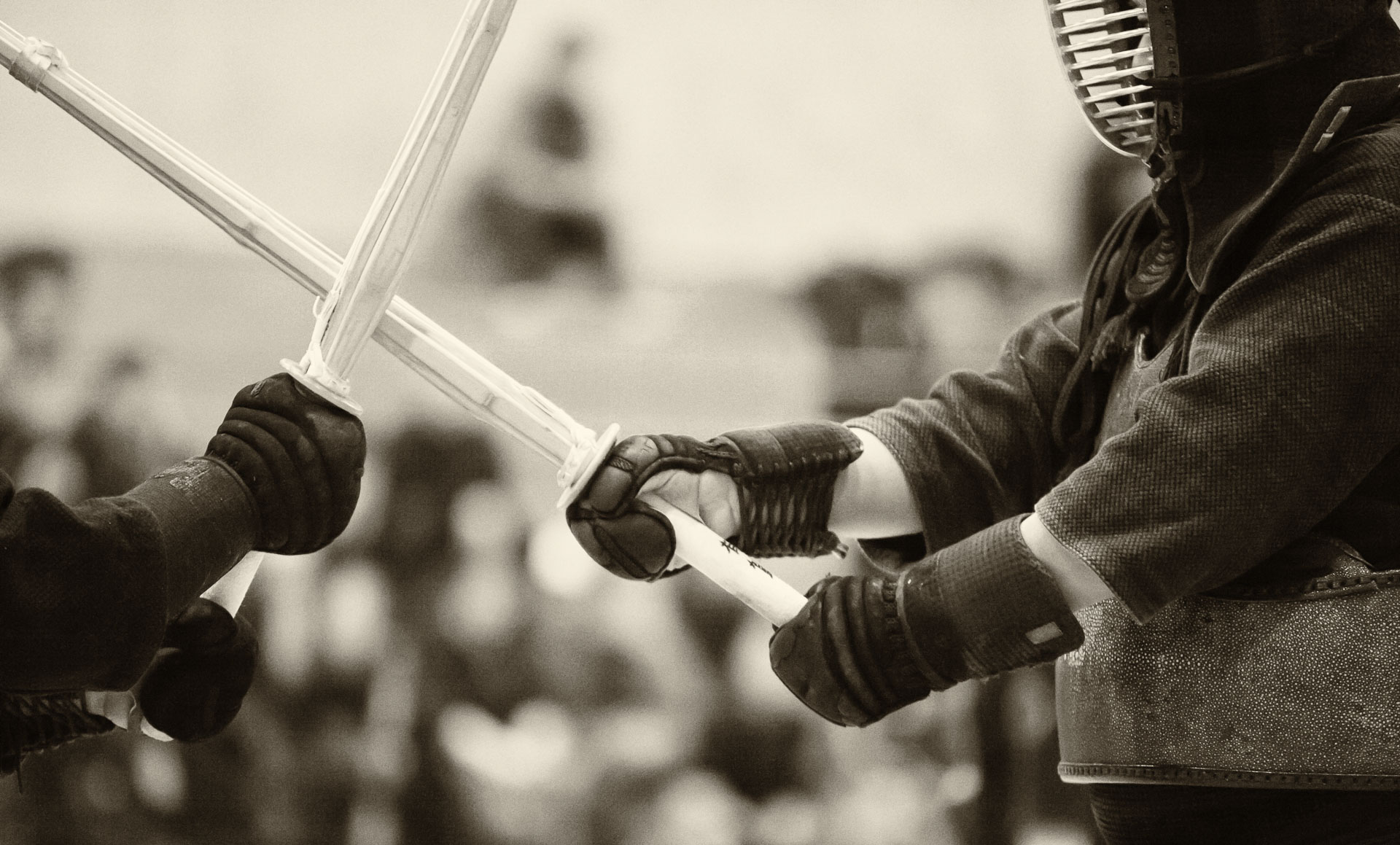

 Last week, I was invited to give a talk to my daughter’s Grade 1 class about my research. This was a part of a series of visits from parents, where we talked about our jobs. The children have been learning about pollution and contributions to community, so we talked about my research projects related to hydro-acoustics, swimming robots (I gave them some HEXBUG
Last week, I was invited to give a talk to my daughter’s Grade 1 class about my research. This was a part of a series of visits from parents, where we talked about our jobs. The children have been learning about pollution and contributions to community, so we talked about my research projects related to hydro-acoustics, swimming robots (I gave them some HEXBUG toys as an example) and noise pollution in the ocean.
toys as an example) and noise pollution in the ocean.
It was a new benchmark for me in terms of targeting a talk to specific audience. I usually explain to my graduate students that it is important to be able to talk about their research at various levels of detail – from a literally single-sentence answer to a “what do you do?” kind of question to an hour-long seminar-style presentation for colleagues working in the same field. A bunch of first-graders is a fundamentally different audience. I knew from my daughter that the expectations of me to tell something fascinating were high, so I was compelled to prepare well. I don’t remember when it was the last time when I had to refine the focus of my presentation so many times. Actually, as my wife pointed out when I showed my initial draft to her, the concept of “presentation” itself was not a good framework to begin with when talking to six- and seven-year-olds. I knew from my daughter that the expectations of me to tell something fascinating were high, so was compelled to prepare well.
From my perspective, the talk went really well. I told the kids that some of my favourite things to do when I was their age were playing with toys and reading books. And it was pretty amazing to realize that this still applies to the present-time me. More often than not, I take for granted how many cool things I use in my research – lasers, high-speed cameras, model ships,.. and that the actual mandate of my work is to be curious about things I don’t know and to tell other about what I learn. This one realization made the whole class visit experience worthwhile for me.
I was also pleasantly surprised by how interactive our conversation with the kids was. I wish I had a fraction of that level of engagement in my senior undergrad classes. At the Grade 1, there was a forest of hands in the audience at all times, including those when I was not asking any questions! I wonder, at what point in the educational process do the students lose the burning desire to tell others about what they know? Or perhaps, those of us, who don’t lose it, become professors.






 My daughter’s Grade 1 class has been practicing debate techniques. Yesterday morning, after reading a book about cheetahs (her favourite animals), my daughter said that if she had a debate with a cheetah about the black “tear marks” that help cheetahs avoid sun glare, it would go something like this (quoting her almost verbatim):
My daughter’s Grade 1 class has been practicing debate techniques. Yesterday morning, after reading a book about cheetahs (her favourite animals), my daughter said that if she had a debate with a cheetah about the black “tear marks” that help cheetahs avoid sun glare, it would go something like this (quoting her almost verbatim):














